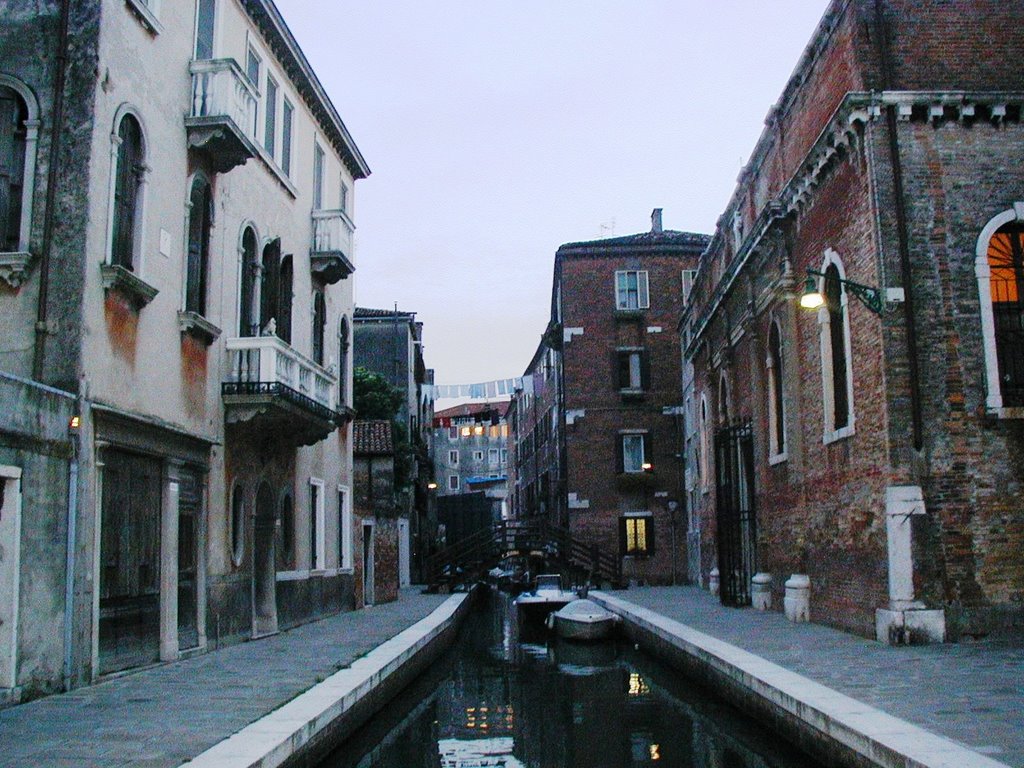Oregon has three syllables, people.
Have you noticed more and more people dropping the middle syllable in Oregon?
I hear it everywhere, even in news stories from journalists based in that wonderful state.
Oregon has a beautiful lilt to it. Organ is somewhat less mellifluous.
This pronunciation, in my observation, is fairly recent. Oregonians used to correct another mangling of their state's beautiful name: ory-gone. From a2zgorge.info:
"I remember (long ago) watching the CBS Evening News with Walter Cronkite. (Yes, there was a time when Dan Rather was just an upstart kid!). The previous evening Walter had done a news story on Oregon, and as most easterners are wont to do, pronounced it Ory-GONE. Well, he must have gotten a snootful of complaints from Oregon residents, because the next night he apologized for his transgression on air, and clarified the pronunciation is ORYgun." (Correct pronunciation: OR-ih-guhn)
My guess is that somewhere along the way, the middle ih became a shwa (the neutral vowel that occurs in unstressed syllables - as in the, and the third sound in banana)
It's so easy to drop a shwa.
Just ask caramel.
According to Daniel Jones' English Pronouncing Dictionary, the word is pronounced kare-ruh-mel (sorry, I don't know how to get IPA symbols on the keyboard.) Americans, more often than not, say kar-muhl.
From Common Errors in English:
Take Highway 1 south from Monterey to reach the charming seaside town of Carmel, of which Clint Eastwood was formerly mayor. Dissolve sugar in a little water and cook it down until the sugar turns brown to create caramel. A nationwide chain uses the illiterate spelling Karmelkorn (TM), which helps to perpetuate the confusion between these two words. (Link)
What happened? I think somewhere along the way, kare first turned into kar (Merriam Webster does it that way). When the first vowel is long, it then becomes quite easy to drop the shwa, doesn't it?
Hardly anybody in the US pays any attention at all to that caramel's middle syllable (a practice which is called syncope).
That common pronunciation has now infiltrated the written form: it's not unusual at fairs to see signs advertising carmel apples or (as noted in Common Errors) karmel korn. It used to drive me absolutely crazy, but after years of inundation in floods of carmel, not only have I caved...but even find myself uttering the two-syllable version of the word.
Bobby Flay is practically alone on the Food Network in correctly enunciating all three syllables in caramel.
But in a recently aired episode of "Boy Meets Grill," he said something which is another of my pet peeves: to melt the brown sugar in the rum. Virtually all the Food Network chefs say this in one variation or another. But one doesn't melt sugar in rum or water - you dissolve it. If one were to melt sugar, and keep it on heat, it would eventually turn to - caramel.
OK, rant over. Now off to create a recipe of Organ Karmel.











































